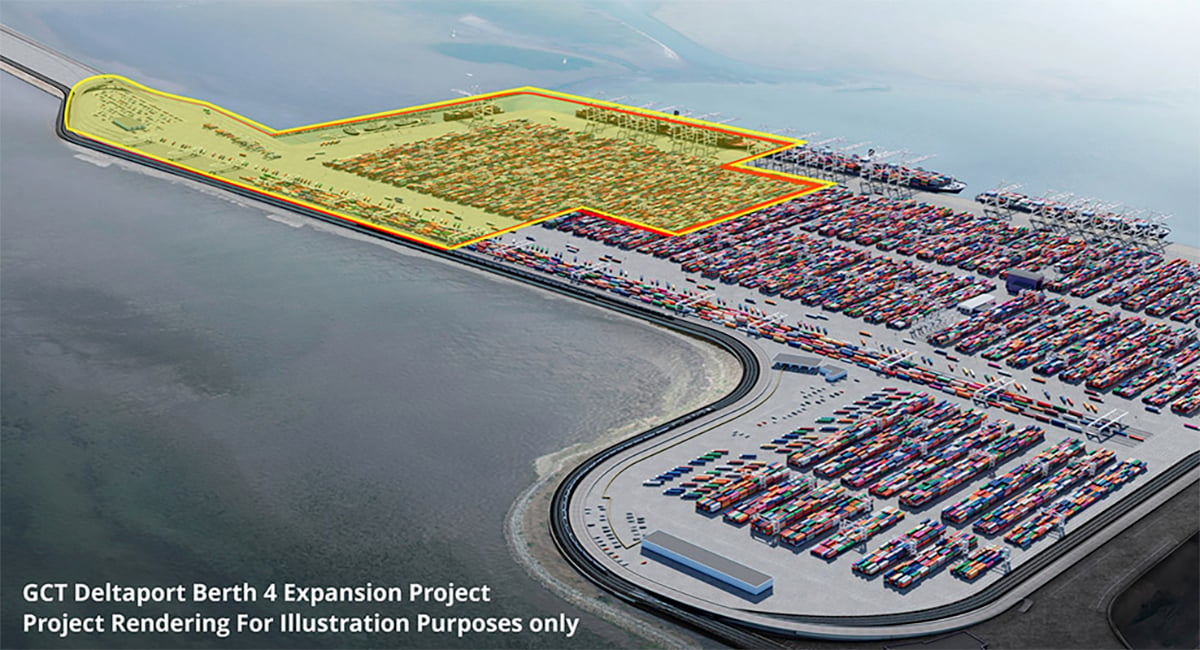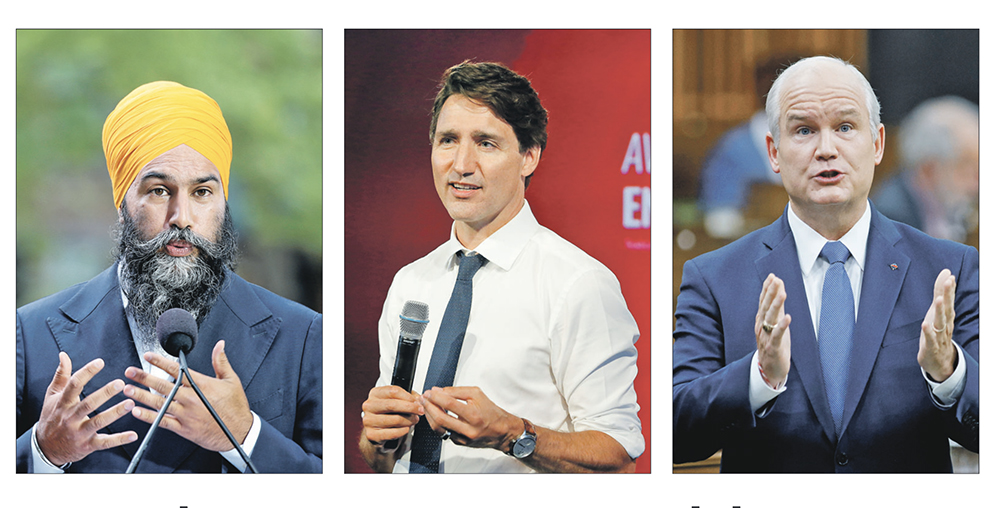Agriculture hasn’t played a large role in past elections. Will that change as we head to the polls this fall?
Some of Canada’s most significant farmer organizations think the federal election is a critical, and perfect, time to build support for agriculture’s role in the economy.
They think agriculture could be a key to the country’s growth but needs protection from weather disasters, foreign competitors’ actions and regulatory costs. They want each of Canada’s federal parties to address those needs with more than typical election season lip service.
“We’re going to be pushing all federal parties to prioritize agriculture in their platforms,” said Mary Robinson, president of Canadian Federation of Agriculture.
Read Also

Container dispute embroils Port of Vancouver
GCT wants to expand its existing container terminal at the Port of Vancouver, but it is running into opposition from the port itself.
“Canadian agriculture has the potential to spur economic recovery and just create a foundation for economic and environmental benefits for years to come.”
Robinson and representatives of Grain Growers of Canada and Keystone Agricultural Producers said repairing and improving the farm safety net system is vital if governments of any political stripe want to reap the rewards of the economic potential that economists and analysts point to as a likely bright spot in Canada’s future.
The weakening of the safety net by the previous Conservative government and the lack of significant improvement during the Liberal government’s years have left a sector staggering under the impact of the drought and the pandemic.
“The timing of everything — an election, the drought, the next policy framework — it’s all coming together,” said Graham Schellenberg, the government and communications director of KAP.
“Producers are struggling with some of the business risk management programs that are available. We think that the BRM programs with adjustment can provide that effective support. I think the drought has highlighted the need for predictable, stable and timely programs.”
The weakening of the safety net, particularly AgriStability, has drawn farmer ire for years. However, governments have been slow to react to the complaints, and farmer participation has fallen. Slightly more than 30 percent of farmers are participating in AgriStability, GGC said.
“Governments are spending hundreds of millions (of dollars) less on risk management programs than they were a decade ago, despite unprecedented risks including… trade barriers and the changing climate,” said GGC in a list of policy priorities it provided to political parties this summer.
All three organizations focused on the major role that many non-agricultural economists see agriculture playing in Canada’s future, with the sector being a key and sustainable source of increasing exports. But that potential won’t be met if farmers face inadequate protection from extreme weather events, foreign trade actions and foreign subsidies.
“Since that big cut (to AgriStability in 2013) we’ve seen other countries (increase their support to their farmers), and we’re at a competitive disadvantage to the trade supports they’ve given, and the domestic supports (Canadian farmers receive) pale in comparison,” said Robinson.
Farm groups also want substantial financial support provided for farmers who protect vulnerable environments, and relief from carbon tax costs that hurt their ability to compete with farmers from exporting rivals.
As always there is a host of issues that farmers and rural people would like to see addressed. There has been progress in getting broadband internet out to rural Canada, but more is needed.
The “critical infrastructure” of the modern, knowledge-based agriculture industry, including veterinary colleges, research centres and laboratories, has been underfunded for years, they say.
And many regulatory impediments and costs continue to bedevil farmers.
Agriculture has not played a large role in recent federal elections. There are fewer and fewer farmers over time, and a decreasing proportion of the Canadian population has ever lived on a farm.
However, the suffering of farmers during the current drought, and the food fears of urbanites during the early months of the pandemic have drawn more than typical interest in farming, food and agriculture.
That’s something KAP, GGC and CFA hope will raise the profile of agriculture during this campaign.
“I think every political party and every politician needs to recognize the importance of agriculture when producers in every sector and region of Western Canada are struggling,” said Schellenberg.
The election campaign is beginning while many are on summer holidays, the pandemic is still raging, and other issues are dominating public discussions. That might make it hard to draw much attention to the long-term needs of farmers, but Robinson said farm organizations like hers will do what they can.
“We have only 35 days to do it,” she said less than 24 hours after Prime Minister Justin Trudeau called the election for Sept. 20.
















